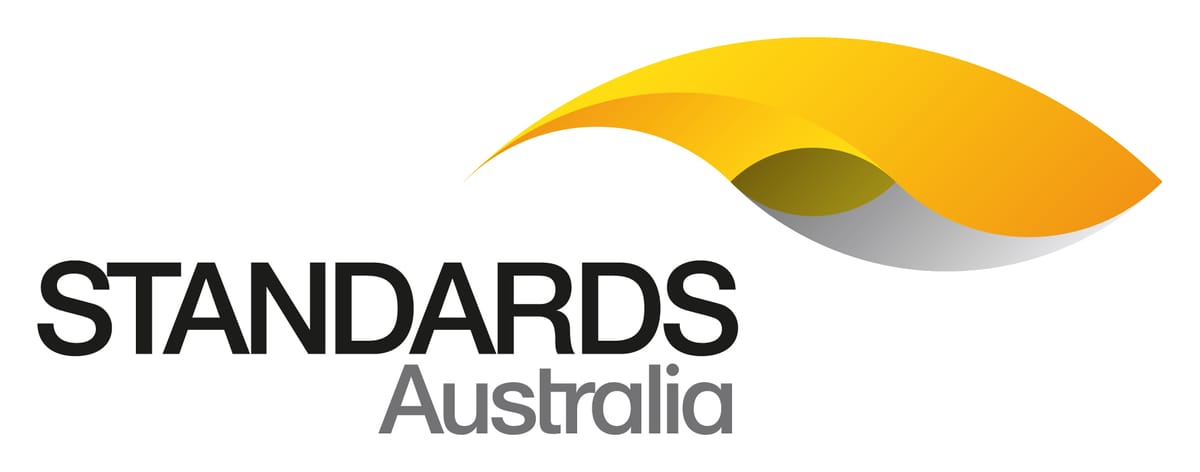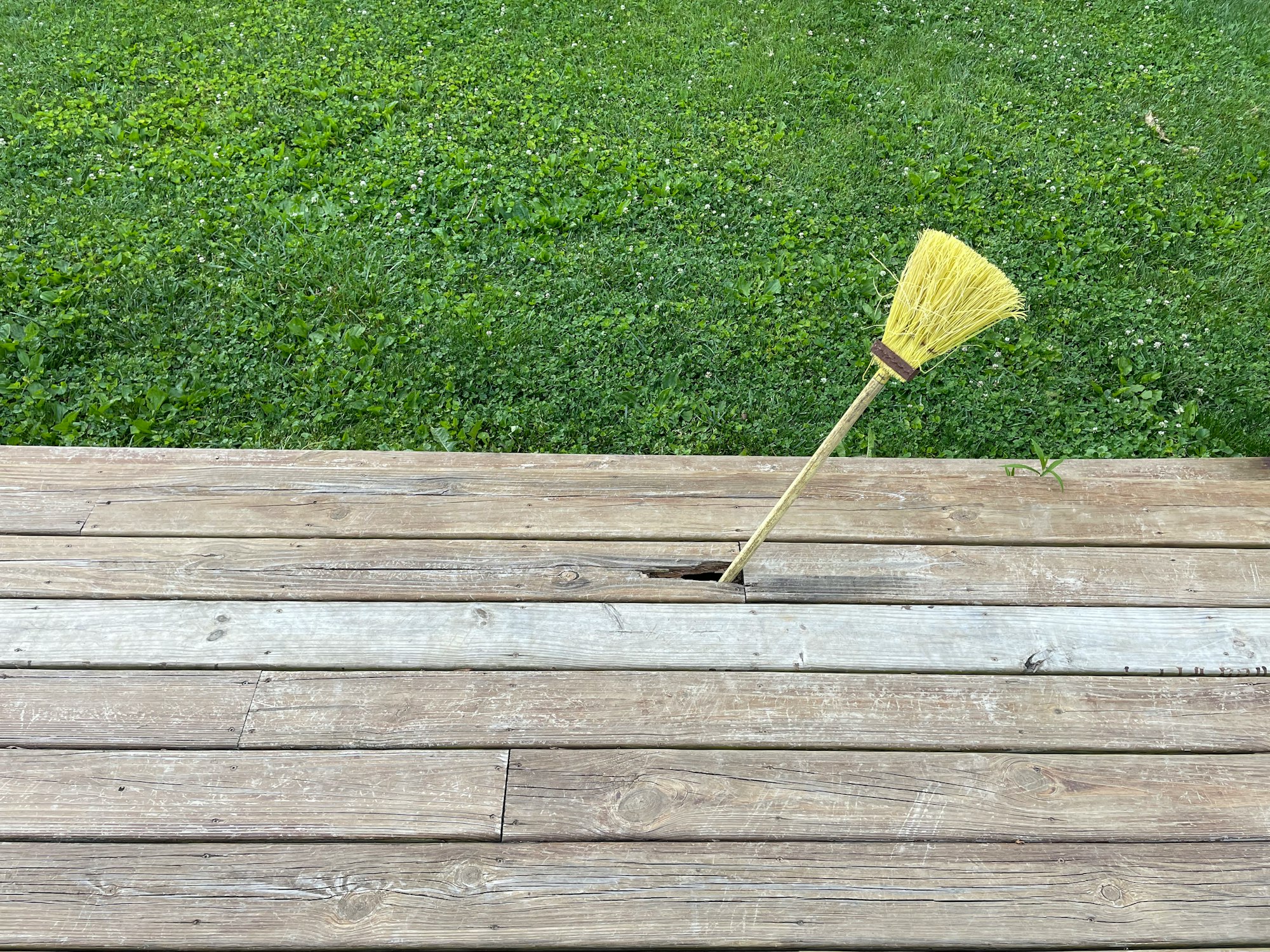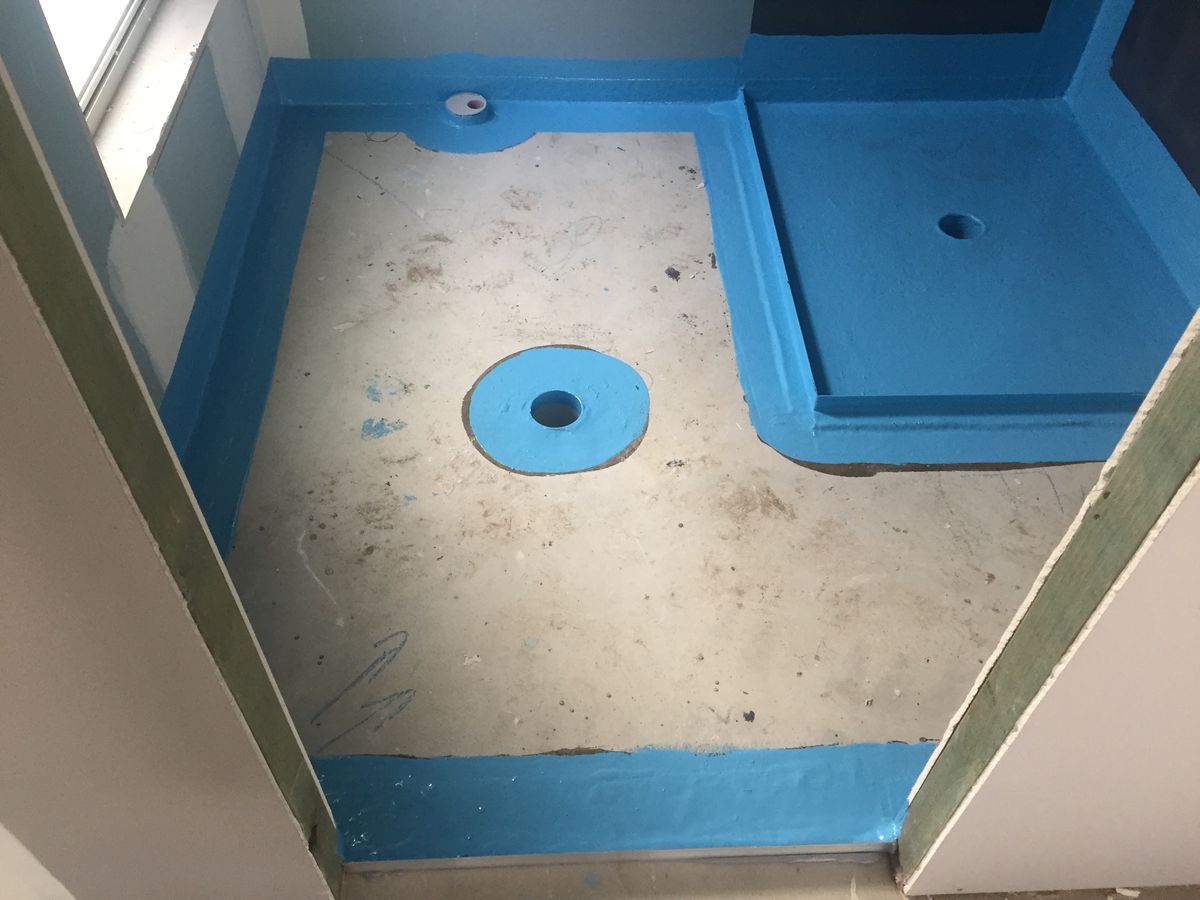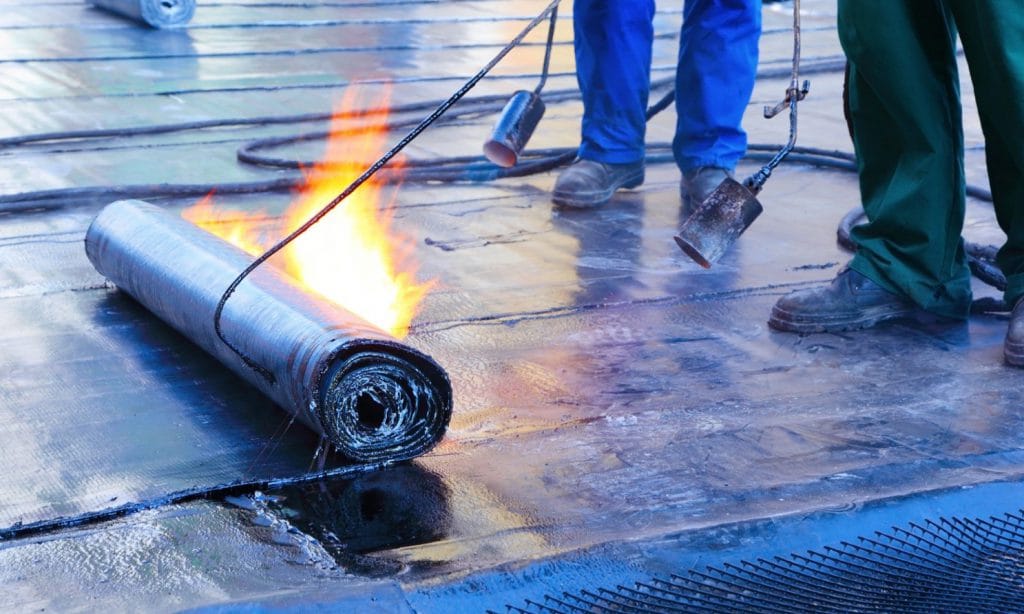Introduction to Australian Standard AS 4654.1
In residential construction, the integrity of a building's waterproofing system is paramount. In Australia, this aspect of construction is governed by a specific set of standards known as AS 4654.1, which provides clear guidelines for waterproofing in residential homes.
Understanding these standards is important for homeowners, builders, and architects alike, as it ensures the longevity and safety of the structure while complying with national building regulations.
Waterproofing might seem like a uniform process, but in reality, it involves a range of methods and materials, each suited to different aspects of home construction.
The Australian Standard AS 4654.1 classifies these methods into three primary categories: Class 1, Class 2, and Class 3 waterproofing systems. Each class addresses distinct needs and applications, from basic moisture resistance to comprehensive protection against water ingress.
This article aims to demystify these classes, offering insights into what each class includes, its general uses, and why it is preferred for specific situations in residential construction.
As we discuss the details of these classes, we will also emphasise the importance of detailed builder specifications.
Merely stating a need for 'full waterproofing', which is often the case in residential house specifications/inclusions lists is insufficient for effective quality management and lacks the necessary detail to inform homeowners properly
A clear, class-specific waterproofing plan is required for ensuring both the structural integrity of your home and adherence to Australian building standards.
Builders should sharpen their pencils, do their homework, and clearly articulate the performance levels incorporated into new homes. Vague explanations like 'full waterproofing' fail to convey the nuances of these systems. Project builders should start treating people with respect rather than leaving them in the dark to guess what applies to their new home.
The Gap in Builder Knowledge and Specifications
Recognising the Oversight in Waterproofing Standards
It might seem surprising, but many homeowners find themselves in a position where they must inform or remind builders about the specific classes of waterproofing and the standards that apply, according to AS 4654.1. Ideally, this should be a fundamental aspect of a builder's knowledge base, yet, the reality often tells a different story.
Insights from Marketing Material and House Inclusions
A closer look at the marketing material, house inclusions lists, and builder specifications reveals a significant gap. Rarely do these documents define or even mention the class of waterproofing being used. For a reasonable person, this omission might lead to the assumption that builders are not fully aware of the different classes of waterproofing and their respective applications.
The Implications of Limited Understanding
This lack of specific knowledge has broader implications. When builders are unaware of the distinct classes and their requirements, there's a high risk that they may not accurately request quotes for the appropriate class of waterproofing. This oversight can result in the application of a waterproofing class that doesn't align with the specific needs of different areas of a home, potentially leading to future issues and non-compliance with the AS 4654.1 standard.
Addressing the Knowledge Gap
This situation underscores the importance of homeowners being informed and proactive. Understanding the different classes of waterproofing allows homeowners to engage in more informed discussions with their builders, ensuring that the right waterproofing class is specified and applied in each area of the home. It's an important step in bridging the knowledge gap and safeguarding the home against future water-related problems.
Class 1 Waterproofing Systems
What Does Class 1 Include?
Class 1 waterproofing systems, as outlined in AS 4654.1, are designed to provide basic moisture protection. These systems are typically used in areas of a home where exposure to water is minimal or indirect. The primary function of Class 1 waterproofing is to prevent moisture from seeping through and causing damage to the structure or interior finishes.
Common Uses in Residential Settings
In residential homes, Class 1 systems are often employed in areas like living room walls, ceilings, and other spaces that are not directly exposed to water but might experience occasional dampness. This class of waterproofing is sufficient for surfaces that are prone to condensation or minor moisture exposure due to environmental factors.
Why Choose Class 1 Waterproofing?
The choice of a Class 1 waterproofing system is driven by its suitability for low-moisture environments. It provides a cost-effective solution for protecting areas of a home that do not face direct water contact. For homeowners, selecting a Class 1 system in appropriate areas can result in significant cost savings while still safeguarding the structure against moisture-related issues.
The Need for Detailed Builder Specifications
Why “Fully Waterproofed” Isn’t Enough
Stating that a home should be “fully waterproofed” lacks the specificity required for effective quality management in construction. Different areas of a home have varying waterproofing needs, and a one-size-fits-all approach can lead to inadequate protection or unnecessary expenses.
Importance of Clear Specifications
Detailed builder specifications that explicitly state the class of waterproofing for each area ensure that the right level of protection is applied where it is needed. This precision not only complies with the AS 4654.1 standard but also aids in the quality management and oversight of the construction process, ensuring that each part of the home receives the appropriate level of waterproofing.

Why education is the key to better quality and what where up against.
Aligning with Quality Management and Oversight
Specific waterproofing specifications are an important component of quality management in construction. They provide a clear roadmap for builders and inspectors, ensuring that every phase of the construction adheres to the required standards. This level of detail is required for maintaining the integrity of the building process and safeguarding the home against future water-related issues.
Using ITP in residential construction would go a long way to ensuring the correct product/system is used becuase by its nature, uses checks and balances in its application.
We wrote about how ITP's should be incorporated into residential construction in the following post:

Class 2 Waterproofing Systems
What Does Class 2 Include?
Class 2 waterproofing systems in the Australian Standard AS 4654.1 offer a higher level of moisture protection compared to Class 1. These systems are designed to handle more direct and frequent exposure to water. The materials and methods used in Class 2 systems are more robust, ensuring better water resistance in areas that are prone to regular dampness or occasional water splashes.
Common Uses in Residential Settings
In Australian homes, Class 2 waterproofing is typically employed in areas like laundry rooms, bathrooms without full shower facilities, and semi-enclosed balconies. These areas, while not exposed to the same level of water as shower areas or external decks, still require a waterproofing solution that can handle frequent moisture exposure.
Why Choose Class 2 Waterproofing?
Selecting a Class 2 waterproofing system is crucial for areas that experience regular moisture but are not constantly soaked. The durability and effectiveness of Class 2 systems provide homeowners with the assurance that these moderately exposed areas are well-protected against potential water damage. It's a balance between ensuring adequate waterproofing and managing construction costs effectively.
Choosing the Right Class for Your Home
Matching Waterproofing to Your Home’s Needs
Determining the right class of waterproofing for different areas of your home involves assessing the level of water exposure and the specific use of each space. The decision should be based on a combination of the Australian Standard AS 4654.1 guidelines and practical considerations related to your home's design and usage patterns.
For homeowners, understanding the difference between the classes of waterproofing can be important in making informed decisions during the construction or renovation process.
It ensures that each area of your home receives the level of waterproofing protection it needs, preventing future issues and helping to maintain the structural integrity and comfort of your living spaces.
Class 3 Waterproofing Systems
What Does Class 3 Include?
Class 3 waterproofing systems represent the highest level of moisture protection as per Australian Standard AS 4654.1. These systems are engineered to withstand continuous water exposure and are typically used in areas with the most severe water contact. Class 3 systems utilise materials and techniques that provide robust and long-lasting waterproofing.
Common Uses in Residential Settings
In Australian residential homes, Class 3 waterproofing is essential in areas such as full bathrooms with shower facilities, external balconies, and roof terraces. These are places where water exposure is not just frequent but also intense, requiring the highest standard of waterproofing to prevent any potential water damage.
Why Choose Class 3 Waterproofing?
The decision to use Class 3 waterproofing in certain areas of a home is driven by the need for maximum protection. These systems ensure that even under constant exposure to water, the structural integrity of the house is maintained, and issues like mold, dampness, and water seepage are effectively prevented. While Class 3 systems may be more expensive, their long-term benefits in high-exposure areas are invaluable.
Conclusion
Ensuring the Right Protection for Every Area of Your Home
Selecting and specifying the appropriate class of waterproofing for different areas of your home is an important aspect of residential construction. By understanding the classifications laid out in the Australian Standard AS 4654.1 and applying them correctly, you can ensure that your home is properly waterproofed.
It's also important for homeowners to be aware of the knowledge gaps that may exist among builders regarding waterproofing standards.
Further Reading





















